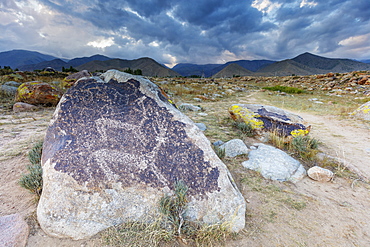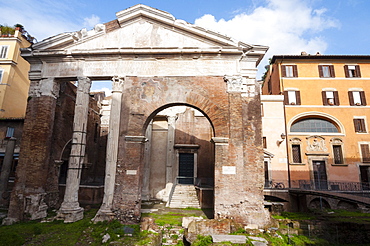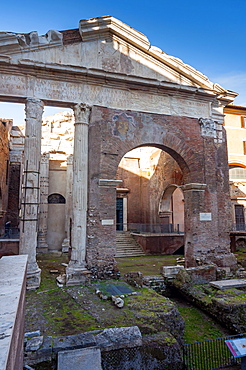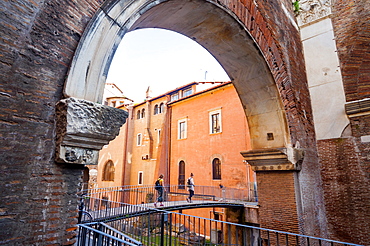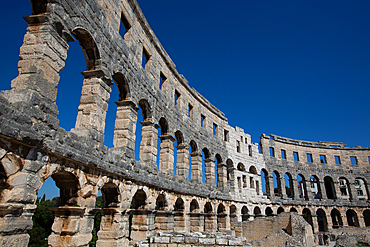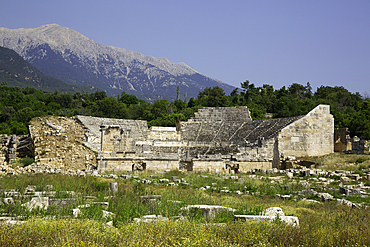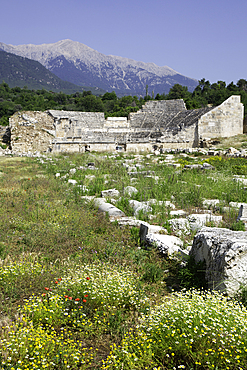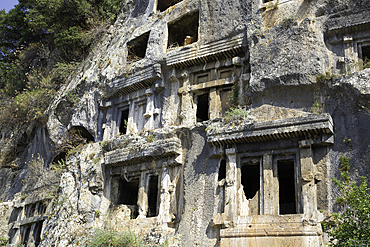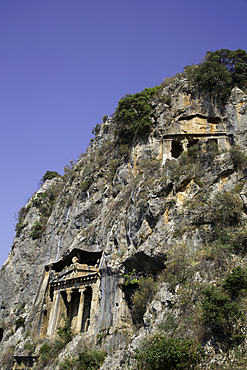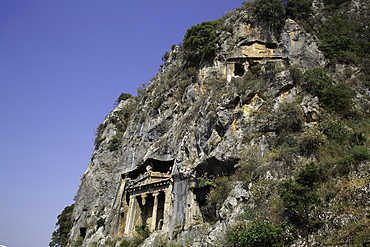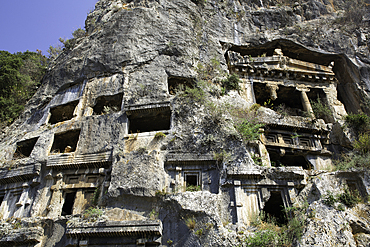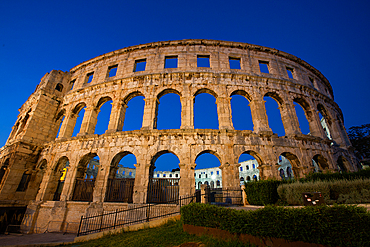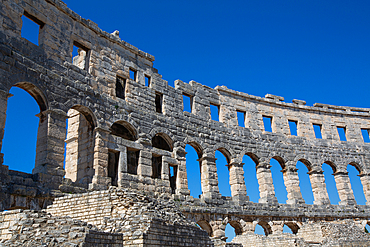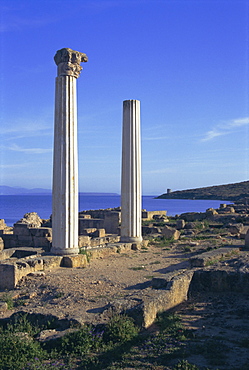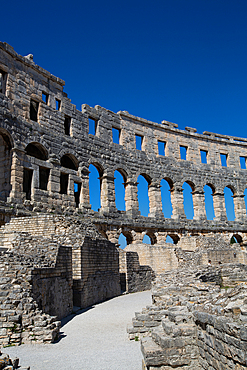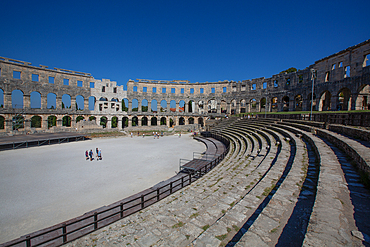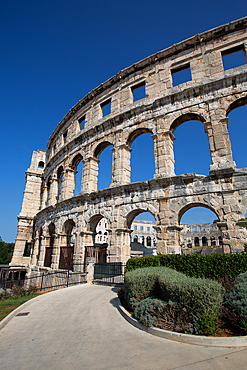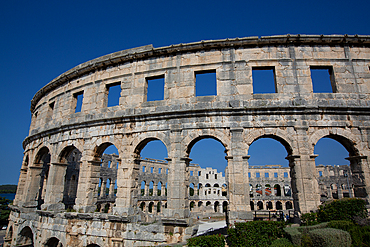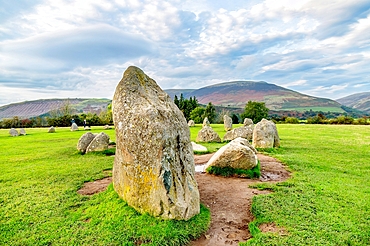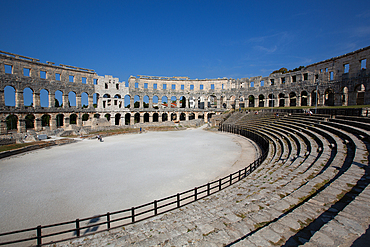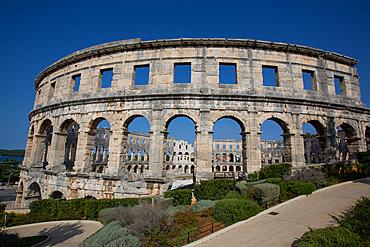Results
« Previous 1 2 3 4 5 … 7 Next »
654 results found
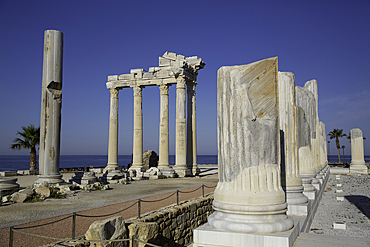
Temple of Apollo (2nd Century AD), Columns of Athena Temple (foreground), 2nd Century BC, Side, Antalya, Turkey
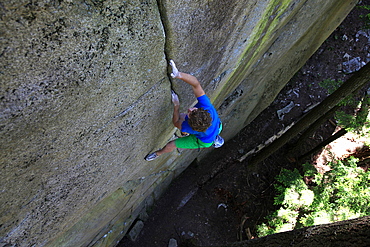
A climber soloing a difficult crack climb, Squamish Chief, Squamish, British Columbia, Canada, North America
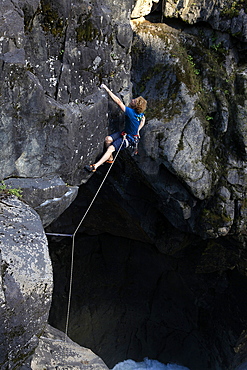
A climber tackles an overhang above Nairn Falls, near Pemberton, British Columbia, Canada, North America
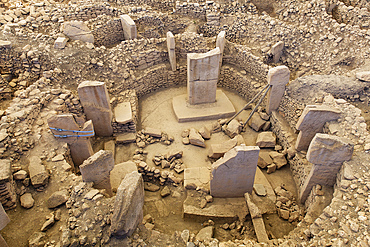
Large circular structures with massive stone pillars, Gobekli Tepe Neolithic archaeological site dating from 10 millennium BC, UNESCO World Heritage Site, Potbelly Hill, Sanliurfa, Turkey, Asia Minor, Asia

Naveta d'Es Tudon, megalithic chamber tomb, 1130-820 BC, Menorca, Balearic Islands, Spain, Mediterranean, Europe

Acqua Claudia (Claudia Aqueduct), built by Caligola in 38 BC, completed by Claudio in 52 BC, Rome, Lazio, Italy, Europe
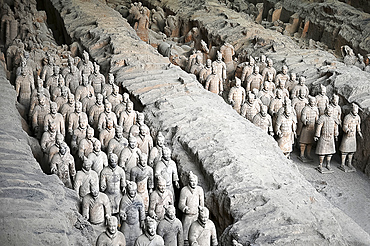
Terracotta Army, funerary sculptures buried with Emperor Qin Shi Huang in 210-209 BC, UNESCO World Heritage Site, Xian, Shaanxi, China, Asia
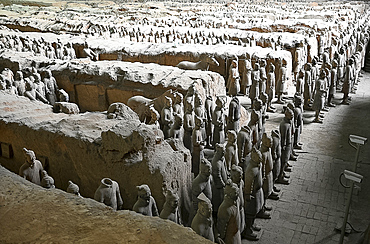
Terracotta Army, funerary sculptures buried with Emperor Qin Shi Huang in 210-209 BC, UNESCO World Heritage Site, Xian, Shaanxi, China, Asia
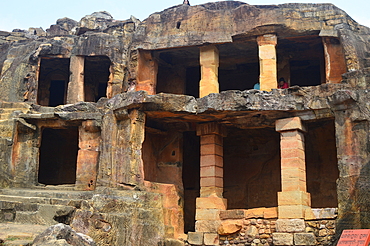
Alkapuri Gumpha Cave No 4 at Udayagiri and Khandagiri located in the outskirt of Bhubaneswar capital of Odisha these caves were built around 1st and 2nd century BC during the reign of King Kharavela of Kalinga dynasty for the abode of Jain ascetics.
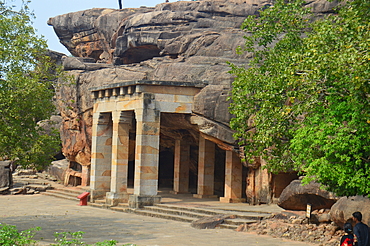
Hathi Gumpha Cave No 14 at Udayagiri and Khandagiri hills located in the outskirt of Bhubaneswar capital of Odisha these caves were built around 1st and 2nd century BC during the reign of King Kharavela of Kalinga dynasty for the abode of Jain ascetics.
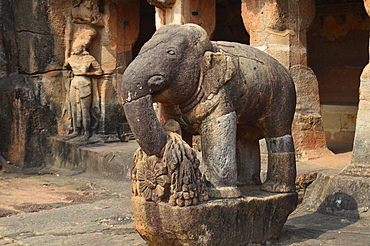
Elephant Statue at Ganesha Gumpha in Udayagiri and hills located in the outskirt of Bhubaneswar capital of Odisha these caves were built around 1st and 2nd century BC during the reign of King Kharavela of Kalinga dynasty for the abode of Jain ascetics.
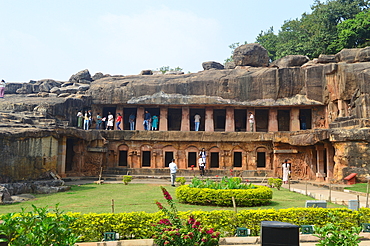
Rani Gumpha 'Cave of the Queen'(cave no. 1) at Udayagiri and Khandagiri located in the outskirt of Bhubaneswar capital of Odisha these caves were built in 1st century BC during the reign of King Kharavela of Kalinga dynasty for the abode of Jain ascetics.
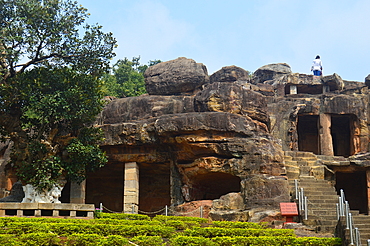
Jai Vijay Gumpha Cave No 5 at Udayagiri and Khandagiri hills located in the outskirt of Bhubaneswar capital of Odisha these caves were built around 1st and 2nd century BC during the reign of King Kharavela of Kalinga dynasty for the abode of Jain ascetics
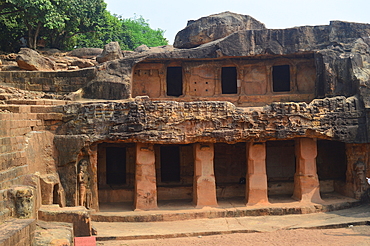
Mancapuri and Swargapuri Gumpha Cave No 9 at Udayagiri hills located in the outskirt of Bhubaneswar capital of Odisha these caves were built around 1st and 2nd century BC during the reign of King Kharavela of Kalinga dynasty for the abode of Jain ascetic
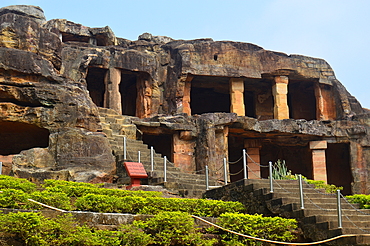
Udayagiri and Khandagiri caves located in the outskirt of Bhubaneswar capital of,Odisha these caves were made around 1st and 2nd century BC.King Kharavela of Kalinga dynasty built these caves for Jain monks to provide them a place to rest and meditate.
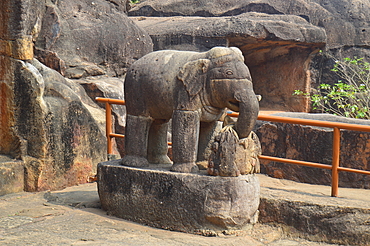
Elephant Statue at Ganesha Gumpha in Udayagiri and hills located in the outskirt of Bhubaneswar capital of Odisha these caves were built around 1st and 2nd century BC during the reign of King Kharavela of Kalinga dynasty for the abode of Jain ascetics.

Skara Brae, a Neolithic village constructed in 3100 BC, UNESCO, Orkney Islands, Scotland, United Kingdom

Skaill House, a merchants house and museum near Skara Brae, Neolithic village constructed 3100 BC, Orkney Islands, Scotland, United Kingdom

Skaill House, a merchants house and museum near Skara Brae, Neolithic village constructed 3100 BC, Orkney Islands, Scotland, United Kingdom
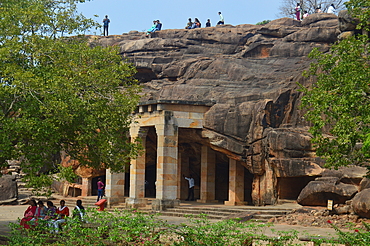
Udayagiri and Khandagiri caves located in the outskirt of Bhubaneswar capital of,Odisha these caves were made around 1st and 2nd century BC.King Kharavela of Kalinga dynasty built these caves for Jain monks to provide them a place to rest and meditate.

Aerial view at dusk, showing Cambie Street Bridge, Fairview, False Creek, and City Hall, Vancouver, BC, Canada
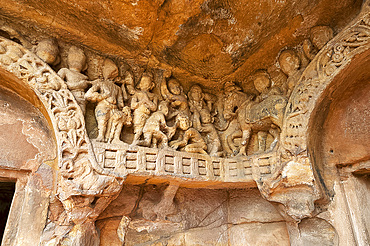
Detail of 2nd century BC Jain carvings of figures taking part in a Jain ceremony in the Rani Gumpha cave at Udayagiri archaeological site, near Bhubaneswar, Odisha, India, Asia

The first stretch of the Appian Road was built by the consular Appio Claudio Cieco (Appius Claudius Caecus) 312 BC, Rome, Lazio, Italy, Europe
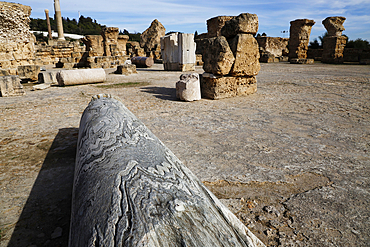
The ruins of the ancient city of Carthage, Tunisia. Founded by the Phoenicians in the ninth century BC, Carthage reached its height in the fourth century BC as the centre of the Carthaginian Empire.
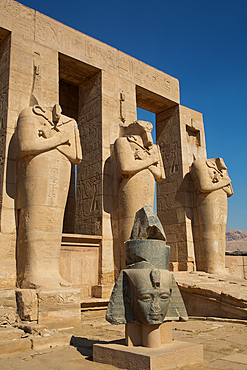
Granite Head of Ramesses II in front of Osiris Statues, Ramesseum, Memorial Temple of Pharaoh Ramesses II, 13th century BC, Ancient Thebes, UNESCO World Heritage Site, Luxor, Egypt, North Africa, Africa
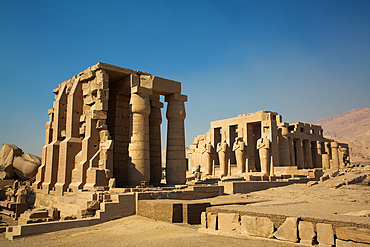
Overview, Ramesseum, Memorial Temple of Pharaoh Ramesses II, 13th century BC, Ancient Thebes, UNESCO World Heritage Site, Luxor, Egypt, North Africa, Africa
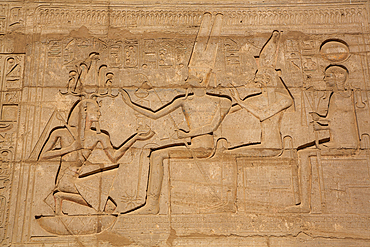
Pharaoh on left, God Atum in center, Reliefs, Ramesseum, Memorial Temple of Pharaoh Ramesses II, 13th century BC, Ancient Thebes, UNESCO World Heritage Site, Luxor, Egypt, North Africa, Africa
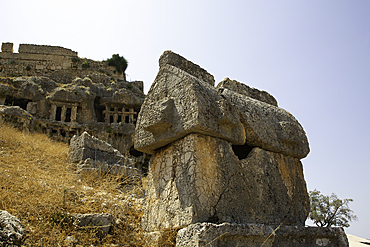
Sarcophagus, 4th century BC - 3rd century AD, Rock Tombs (background), Tlos, Ancient Lycian City, Mugla Province, Turkey
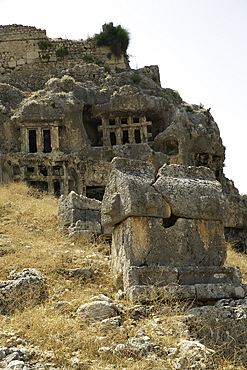
Sarcophagus, 4th century BC - 3rd century AD, Rock Tombs (background), Tlos, Ancient Lycian City, Mugla Province, Turkey
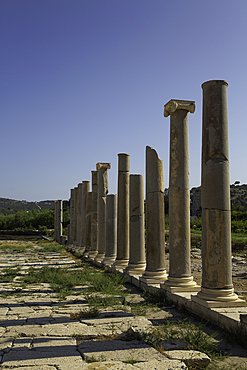
Granite Columns, Harbor Street, 2nd Century BC, Patara Ancient City (origins back to 5,500 BC), Patara National Park, Antalya, Turkey
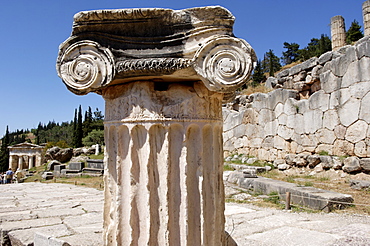
The Polygonal wall, a retaining wall built after the destruction of the old temple of Apollo in 548 BC, Delphi, UNESCO World Heritage Site, Peloponnese, Greece, Europe
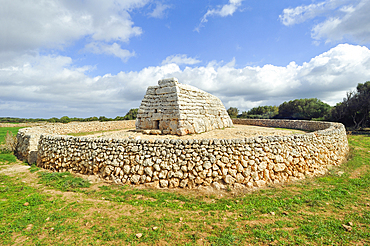
Naveta d'Es Tudon, megalithic chamber tomb, 1130-820 BC, Menorca, Balearic Islands, Spain, Mediterranean, Europe

Ancient ruins of the 12th century BC Archaeological Site of Mycenae, UNESCO World Heritage Site, Peloponnese, Greece, Europe
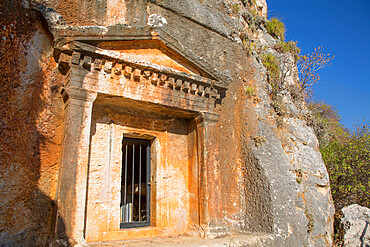
Lycian Tomb, 4th century BC, Kastellorizo (Megisti) Island, Dodecanese Group, Greek Islands, Greece, Europe
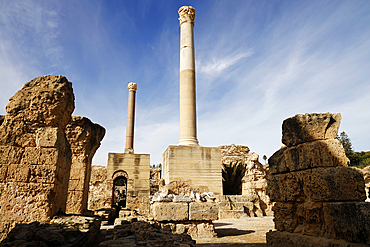
The ruins of the ancient city of Carthage, Tunisia. Founded by the Phoenicians in the ninth century BC, Carthage reached its height in the fourth century BC as the centre of the Carthaginian Empire.
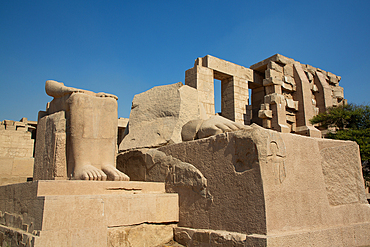
Lower Section, Colossus of Ramesses II, Ramesseum, Memorial Temple of Pharaoh Ramesses II, 13th century BC, Ancient Thebes, UNESCO World Heritage Site, Luxor, Egypt, North Africa, Africa
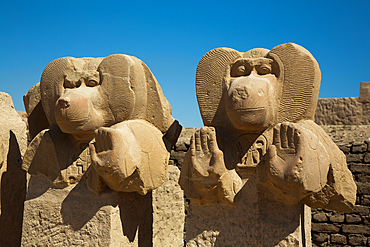
Statues of Babi, Baboon God, Ramesseum, Memorial Temple of Pharaoh Ramesses II, 13th century BC, Ancient Thebes, UNESCO World Heritage Site, Luxor, Egypt, North Africa, Africa
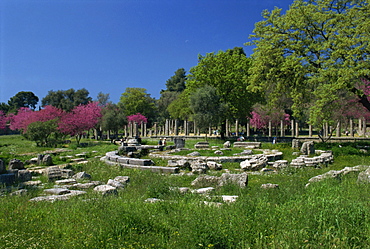
The archaeological site of Olympia, birthplace of the first Olympic Games in 776 BC, UNESCO World Heritage Site, Greece, Europe
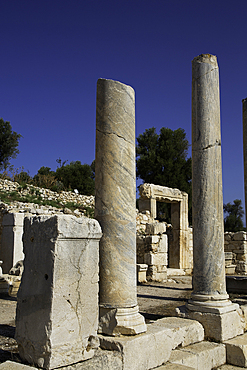
Inscription, Marble Columns, Harbor Street, 2nd Century BC, Patara Ancient City (origins back to 5,500 BC), Patara National Park, Antalya, Turkey
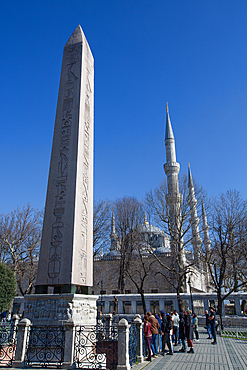
Obelisk of Theodosius, Ancient Egyptian Obelisk of Pharaoh Thutmose III, 1479 BC- 1425 BC), Hippodrome of Constantinople, UNESCO World Heritage Site, Istanbul, Turkey, Eurpe
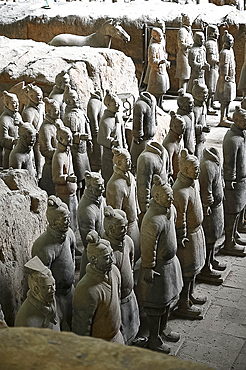
Terracotta Army, soldiers and a horse, buried with Emperor Qin Shi Huang in 210-209 BC, UNESCO World Heritage Site, Xian, Shaanxi, China, Asia
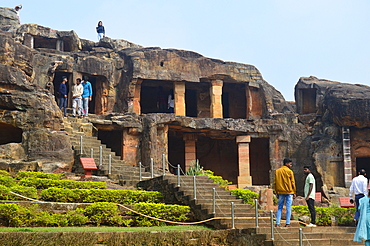
Udayagiri and Khandagiri caves located in the outskirt of Bhubaneswar capital of,Odisha these caves were made around 1st and 2nd century BC.King Kharavela of Kalinga dynasty built these caves for Jain monks to provide them a place to rest and meditate.
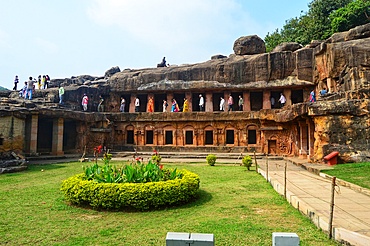
Udayagiri and Khandagiri caves located in the outskirt of Bhubaneswar capital of,Odisha these caves were made around 1st and 2nd century BC.King Kharavela of Kalinga dynasty built these caves for Jain monks to provide them a place to rest and meditate.
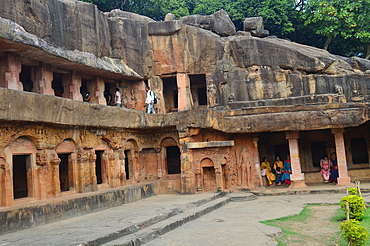
Udayagiri and Khandagiri caves located in the outskirt of Bhubaneswar capital of,Odisha these caves were made around 1st and 2nd century BC.King Kharavela of Kalinga dynasty built these caves for Jain monks to provide them a place to rest and meditate.
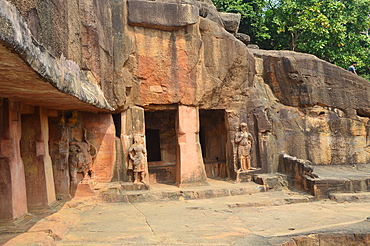
Udayagiri and Khandagiri caves located in the outskirt of Bhubaneswar capital of,Odisha these caves were made around 1st and 2nd century BC.King Kharavela of Kalinga dynasty built these caves for Jain monks to provide them a place to rest and meditate.
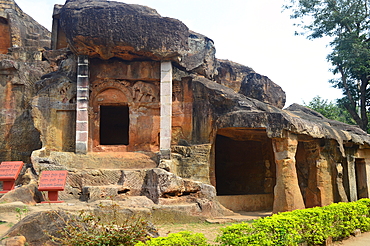
Udayagiri and Khandagiri caves located in the outskirt of Bhubaneswar capital of,Odisha these caves were made around 1st and 2nd century BC.King Kharavela of Kalinga dynasty built these caves for Jain monks to provide them a place to rest and meditate.
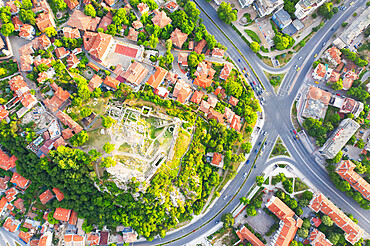
Aerial view by drone of ruins of Eumolpias, a Thracian settlement in 5000 BC, Plovdiv, Bulgaria, Europe
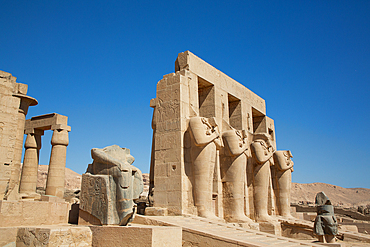
Lower Section, Colossus of Ramesses II, Ramesseum, Memorial Temple of Pharaoh Ramesses II,13th century BC, Ancient Thebes, UNESCO World Heritage Site, Luxor, Egypt, North Africa, Africa

Granite Head of Ramesses II in front of Osiris Statues, Ramesseum, Memorial Temple of Pharaoh Ramesses II, 13th century BC, Ancient Thebes, UNESCO World Heritage Site, Luxor, Egypt, North Africa, Africa
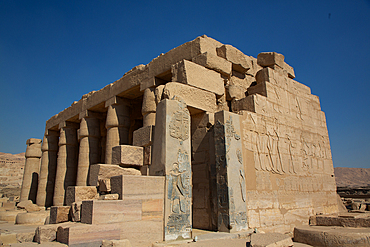
Osiride Portico, Second Court, Ramesseum, Memorial Temple of Pharaoh Ramesses II, 13th century BC, Ancient Thebes, UNESCO World Heritage Site, Luxor, Egypt, North Africa, Africa
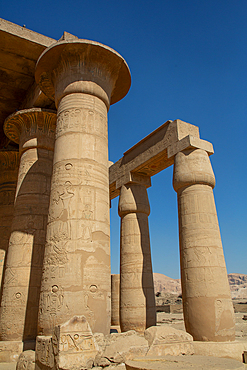
Columns, Hypostyle Hall, Ramesseum, Memorial Temple of Pharaoh Ramesses II, 13th century BC, Ancient Thebes, UNESCO World Heritage Site, Luxor, Egypt, North Africa, Africa

Etruscan Necropolis of Norchia dating from the 4th to 2nd centuries BC, Viterbo, Latium, Italy, Europe
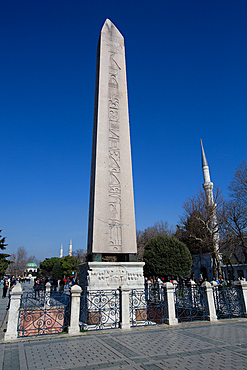
Obelisk of Theodosius, Ancient Egyptian Obelisk of Pharaoh Thutmose III, 1479 BC- 1425 BC, Hippodrome of Constantinople, UNESCO World Heritage Site, Istanbul, Turkey, Europe
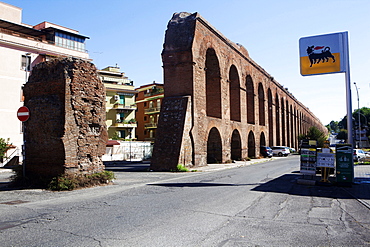
The eleventh aqueduct in Rome built by Emperor Alessandro Severo in 226 BC, Rome, Lazio, Italy, Europe
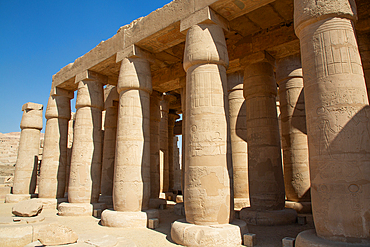
Columns, Hypostyle Hall, Ramesseum, Memorial Temple of Pharaoh Ramesses II, 13th century BC, Ancient Thebes, UNESCO World Heritage Site, Luxor, Egypt, North Africa, Africa
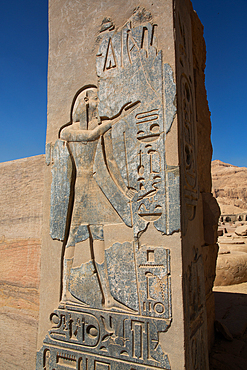
Reliefs, Ramesseum, Memorial Temple of Pharaoh Ramesses II, 13th century BC, Ancient Thebes, UNESCO World Heritage Site, Luxor, Egypt, North Africa, Africa
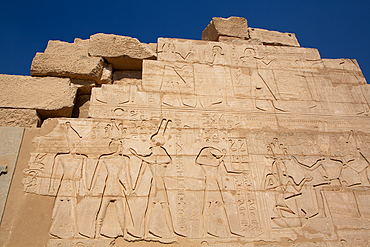
Reliefs, Ramesseum, Memorial Temple of Pharaoh Ramesses II, 13th century BC, Ancient Thebes, UNESCO World Heritage Site, Luxor, Egypt, North Africa, Africa
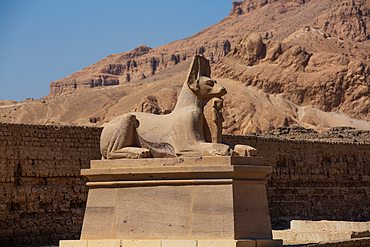
Statue of God Anubis, Ramesseum, Memorial Temple of Pharaoh Ramesses II, 13th century BC, Ancient Thebes, UNESCO World Heritage Site, Luxor, Egypt, North Africa, Africa

Etruscan Necropolis of Norchia dating from the 4th to 2nd centuries BC, Viterbo, Latium, Italy, Europe
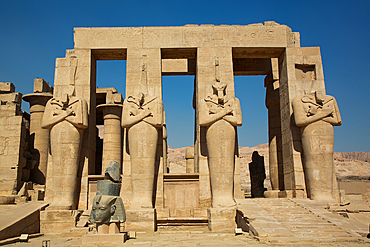
Granite Head of Ramesses II in front of Osiris Statues, Ramesseum, Memorial Temple of Pharaoh Ramesses II, 13th century BC, Ancient Thebes, UNESCO World Heritage Site, Luxor, Egypt, North Africa, Africa

Relief, Partial King's List, Second Courtyard, Ramesseum, Memorial Temple of Pharaoh Ramesses II, 13th century BC, Ancient Thebes, UNESCO World Heritage Site, Luxor, Egypt, North Africa, Africa
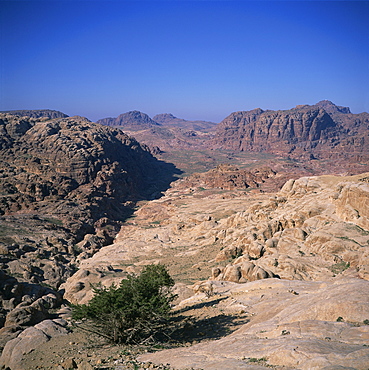
The Umm al-Biyara Massif, 300m high, with 7th century BC Edomite settlement on summit, viewed from Beidha, Petra, Jordan, Middle East
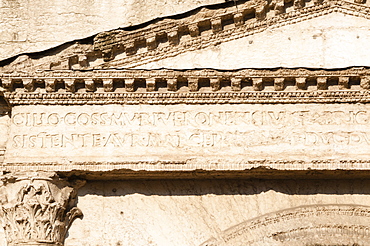
External facade of Porta Borsari dating from 50 BC, Verona, UNESCO World Heritage Site, Veneto, Italy, Europe
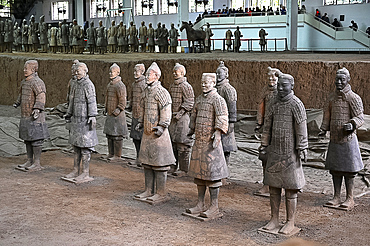
Terracotta Army, funerary sculptures buried in 210-209 BC, now separated for repair, Xian, Shaanxi, China, Asia
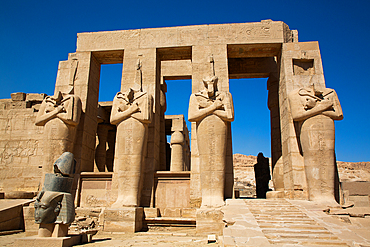
Granite Head of Ramesses II in front of Osiris Statues, Ramesseum, Memorial Temple of Pharaoh Ramesses II, 13th century BC, Ancient Thebes, UNESCO World Heritage Site, Luxor, Egypt, North Africa, Africa
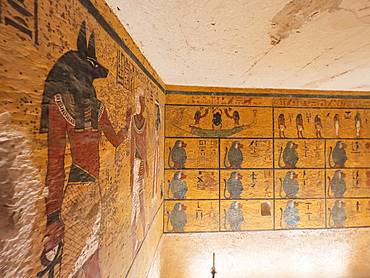
Reliefs and paintings in the tomb of Tutankhamun, who reigned approximately 1334 to 1325 BC, Dynasty 18, Valley of the Kings, UNESCO World Heritage Site, Thebes, Egypt, North Africa, Africa
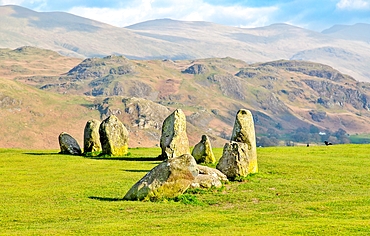
The Neolithic Castlerigg Stone Circle dating from around 3000 BC, near Keswick, Lake District National Park, UNESCO World Heritage Site, Cumbria, England, United Kingdom, Europe
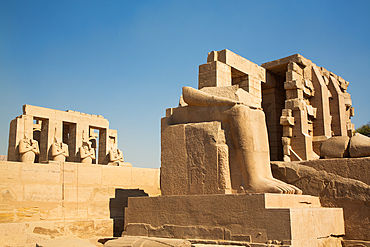
Lower Section, Colossus of Ramesses II, Ramesseum, Memorial Temple of Pharaoh Ramesses II, 13th century BC, Ancient Thebes, UNESCO World Heritage Site, Luxor, Egypt, North Africa, Africa
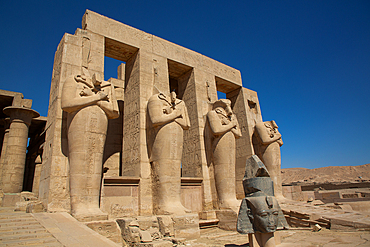
Granite Head of Ramesses II in front of Osiris Statues, Ramesseum, Memorial Temple of Pharaoh Ramesses II, 13th century BC, Ancient Thebes, UNESCO World Heritage Site, Luxor, Egypt, North Africa, Africa
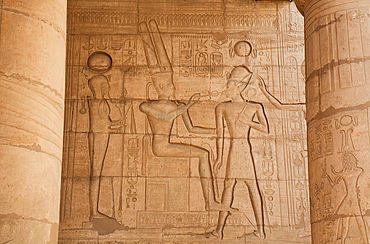
Reliefs, Hypostyle Hall, Ramesseum, Memorial Temple of Pharaoh Ramesses II, 13th century BC, Ancient Thebes, UNESCO World Heritage Site, Luxor, Egypt, North Africa, Africa
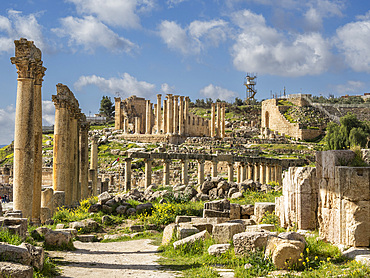
Columns in the Oval Plaza in the ancient city of Jerash, believed to be founded in 331 BC by Alexander the Great, Jerash, Jordan, Middle East
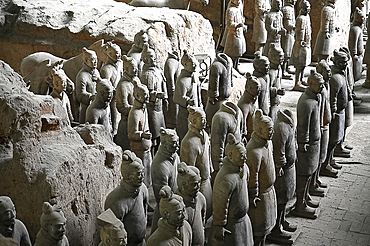
Terracotta Army, soldiers and a horse, buried with Emperor Qin Shi Huang in 210-209 BC, UNESCO World Heritage Site, Xian, Shaanxi, China, Asia
